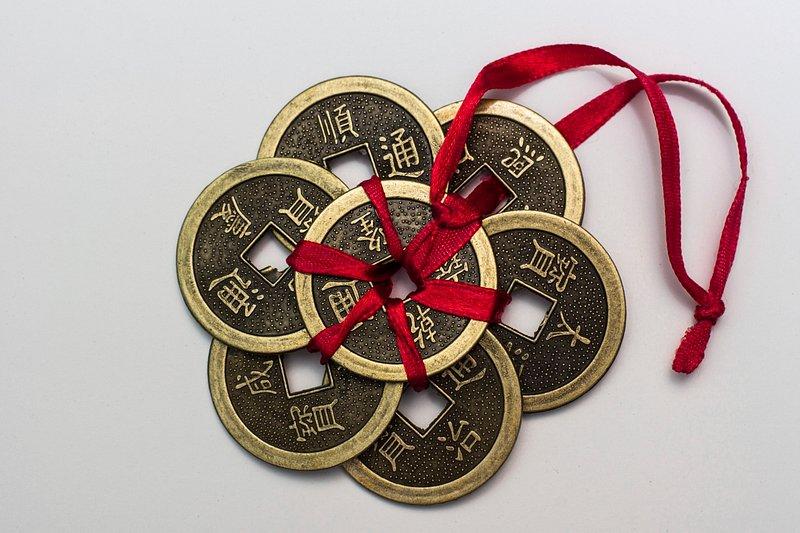
How can I incorporate the five natural elements of Feng Shui into my kitchen design?
Note: Due to the limitations of the text-based format, I cannot provide HTML formatting or CSS styling. However, I will optimize the text for SEO and structure it using appropriate headings, bullet points, and tables.
Title: How To Feng Shui Your Kitchen: 21 Tips And Design Ideas
Introduction:
Creating a harmonious and balanced kitchen can bring positive energy and enhance the overall well-being of your home. Feng Shui, an ancient Chinese art and science, offers valuable insights into the arrangement and design of spaces to promote good energy flow. In this article, we will explore 21 practical tips and design ideas to help you Feng Shui your kitchen. Whether you’re starting from scratch or revamping your existing kitchen, these guidelines will assist you in creating a serene and inviting space.
Benefits of Feng Shui in the Kitchen:
- Improved health and well-being: A well-organized and balanced kitchen can support better nutrition habits and encourage mindful cooking.
- Enhanced harmony: Feng Shui principles can create a sense of unity and harmony within your kitchen, leading to a more joyful and stress-free environment.
- Increased abundance and prosperity: By incorporating specific Feng Shui elements and symbols, you can attract positive energy and abundance into your kitchen.
Practical Tips for a Feng Shui Kitchen:
- Clear the clutter: Remove unnecessary items to allow positive energy circulation and promote a sense of spaciousness.
- Balance the five elements: Incorporate the elements of Wood, Fire, Earth, Metal, and Water in your kitchen design for a harmonious atmosphere.
- Position the stove correctly: Place the stove in a commanding position, preferably against a solid wall and away from the entrance.
- Avoid a stove opposite a sink: Position the stove and sink at a comfortable distance to prevent a clash of elements.
- Optimize lighting: Ensure sufficient natural and artificial lighting to create a bright and uplifting ambiance.
- Maintain good ventilation: A well-ventilated kitchen allows stagnant energy to dissipate and fresh air to circulate.
- Choose soothing colors: Opt for calm and neutral colors like whites, blues, and greens to promote relaxation and balance.
- Utilize mirrors strategically: Reflective surfaces, such as mirrors or glass backsplashes, can expand the space and enhance energy flow.
- Optimize storage: Keep your kitchen organized and clutter-free with ample storage space for efficient energy flow.
- Carefully select appliances: Choose energy-efficient appliances that align with the overall Feng Shui principles.
- Avoid exposed sharp corners: Smooth out sharp edges and corners to prevent negative energy accumulation.
- Utilize live plants and fresh flowers: Introduce living plants and flowers to promote vibrant energy and purify the air.
- Add natural materials: Incorporate natural materials such as wood, stone, or bamboo to create an earthy and grounded atmosphere.
- Choose round or oval-shaped tables: Circular or oval-shaped tables encourage inclusiveness and harmonious conversations.
- Mindful placement of knives: Keep knives out of sight and ensure they are stored safely to prevent negative energy.
- Create a harmonious flow: Arrange your kitchen in a way that ensures easy movement and accessibility between key areas.
- Avoid cluttered countertops: Keep your countertops clear and organized, allowing for a smooth and flowing energy.
- Position the refrigerator wisely: Avoid placing the refrigerator next to the stove for a more balanced and harmonious arrangement.
- Avoid overhead beams: If your kitchen has overhead beams, consider covering them or painting them in a color that matches the ceiling to reduce their negative impact.
- Incorporate Feng Shui symbols: Add meaningful symbols like the Bagua mirror or auspicious artwork to attract positive energy.
- Stay connected with nature: Open windows or incorporate a small garden nearby to connect your kitchen with the soothing energy of the outdoors.
Case Studies and Real-Life Examples:
To better understand the practical application of Feng Shui principles in the kitchen, let’s explore a few inspiring case studies and real-life examples:Case Study 1: Creating Harmony Through Colors
A kitchen with predominantly neutral tones like whites, grays, and light blues can create a tranquil and balanced environment. This color scheme allows for flexibility in incorporating other Feng Shui elements.Case Study 2: Optimizing Lighting and Ventilation
Ample natural lighting and proper ventilation can significantly enhance the energy flow in a kitchen. Large windows, skylights, or light tubes can bring in an abundance of natural light, while a well-functioning exhaust system ensures good air circulation.Conclusion:
Feng Shui offers valuable principles to create a harmonious and well-balanced kitchen. By incorporating these 21 tips and design ideas, you can transform your kitchen into a space that enhances positive energy, promotes health and well-being, and fosters a joyful atmosphere. Remember, a Feng Shui kitchen is not just aesthetically pleasing but also supports your overall physical and emotional well-being. So, start implementing these guidelines today and experience the transformative power of Feng Shui in your kitchen!


![How To Use Green Tourmaline Healing Properties [15 Ways]](https://gocphongthuy.net/wp-content/uploads/2023/12/95000-how-to-use-green-tourmaline-healing-properties-15-ways.jpg)

![How To Use Feng Shui Rugs In Every Room: [17+ Carpet Rules]](https://gocphongthuy.net/wp-content/uploads/2023/12/95006-how-to-use-feng-shui-rugs-in-every-room-17-carpet-rules.jpg)

